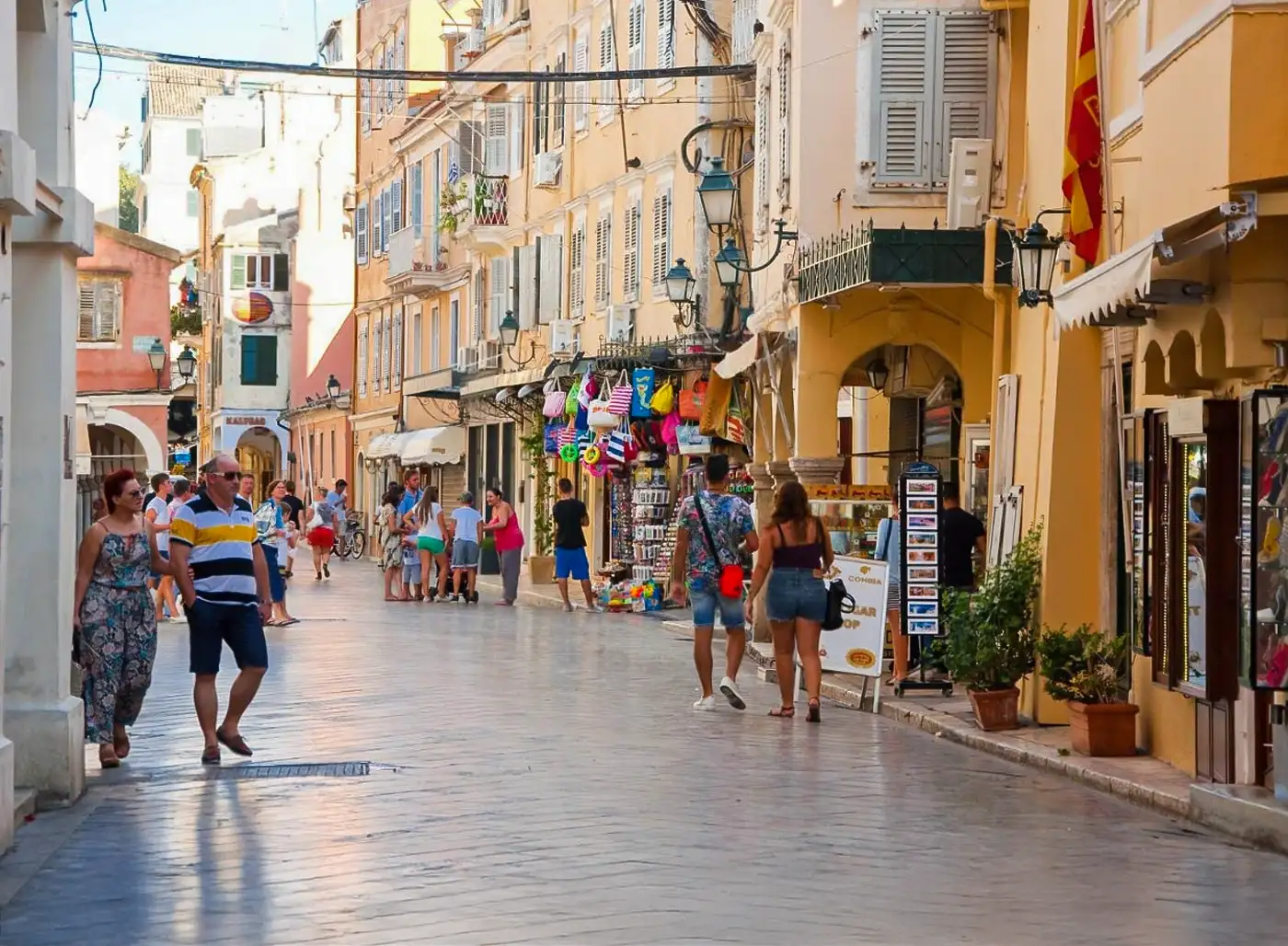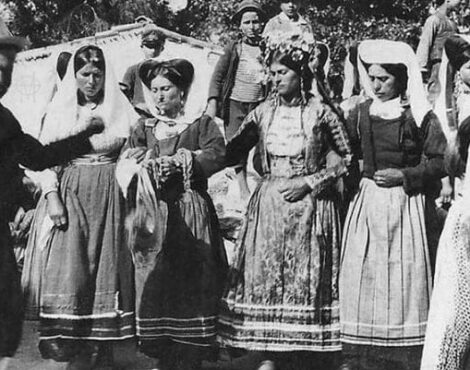Easter in Corfu is a truly unique experience that blends the deep religiosity of the Orthodox Church with the richness of local cultural traditions and a series of emblematic customs that are not found anywhere else in Greece. Every year, thousands of visitors flood the island to witness the Easter celebrations, which are marked by the participation of marching bands, impressive processions, the traditional “botides” (clay pot smashing), and of course, the famous “Mastela.” This festive period represents the climax of the religious and social cycle of local life and offers a rare combination of spiritual solemnity and joyful celebration.
The distinctiveness of Easter in Corfu has deep roots in the island’s history and culture. Due to the long Venetian occupation (1386–1797), Corfu acquired unique characteristics that set it apart noticeably from the rest of Greece. Western influences did not erase the Orthodox religious sentiment of the Corfiots, but instead contributed to the creation of a distinctive hybrid culture where music, aesthetics, and rituals coexist harmoniously with Byzantine religious traditions. This fusion has given rise to one of the most atmospheric and artistically enriched Easter celebrations in the Orthodox world.
Among the many customs that define Corfu’s Easter, the Mastela stands out as one of the most lively and emblematic. Revived every Holy Saturday in the heart of the Old Town, specifically in the Pinia neighborhood, the Mastela is an inseparable part of the celebration of the “First Resurrection.” It uniquely combines elements of folk tradition, humor, and communal participation, creating a memorable event for both locals and visitors.
The word “mastela” comes from the Italian word mastella, meaning a wooden tub or barrel. In Corfu, a mastela is a large barrel—or sometimes a half-barrel—that is placed in the center of Pinia Square. It is decorated with colorful ribbons, flowers, and myrtle branches. According to tradition, passersby are encouraged to toss coins into the barrel while making a wish for good luck. Then, during the “First Resurrection,” a courageous individual (usually a young man) jumps into the barrel to collect the coins, offering a spectacle that combines the joy of the Resurrection with the spirit of local folklore.
The precise origins of the Mastela custom are not thoroughly documented, but it is believed to have roots in Corfu’s Venetian era. The use of the barrel and the collection of coins are likely linked to older practices associated with attracting good fortune and prosperity. The incorporation of this tradition into the First Resurrection festivities adds a special character to Corfu’s Easter and enhances the uniqueness of the island’s observances.
The custom begins on the morning of Holy Saturday, when the decorated barrel is placed in the center of Pinia. Throughout the day, people walking by are invited to throw coins into the Mastela, each accompanied by a wish for good fortune. When the church bells ring joyfully at the moment of the First Resurrection—usually just before noon—a volunteer jumps into the barrel to retrieve the coins, drawing laughter and applause from the gathered crowd. Many people choose to witness this unique tradition, turning their attention away from the more famous botides, whose dramatic crashes echo through the streets and captivate both locals and international visitors.
The Mastela captures the essence of Corfiot Easter, blending spiritual devotion with festive merriment. The act of tossing coins into the barrel symbolizes the community’s collective wish for prosperity, while the dive into the water-filled tub represents renewal and rebirth, core themes of the Resurrection. The tradition also reflects the close-knit nature of Corfiot society, where public rituals and shared experiences reinforce social bonds and cultural continuity.
Today, the Mastela continues to draw large crowds, including both residents and tourists who are eager to witness this vivid example of living tradition. Participating in or simply observing the event offers a powerful opportunity to connect with local culture and become part of the island’s enduring Easter heritage.





